The second-generation Nissan Qashqai, the model that defined the family crossover segment in its best-selling first-generation, has been officially revealed.
Designed in London, engineered in Cranfield and Barcelona and built in Sunderland, the new Qashqai will reach UK showrooms in February armed with a smart new exterior look, more fuel-efficient engines, and, perhaps most significantly, a much higher quality, more premium interior.
Despite the significant increase in quality and equipment levels, prices are set to start from only marginally above the £16,895 of today’s base model. Plush range-topping versions are set to cost around £27,000.
The first-generation Qashqai, built in Nissan’s Sunderland plant in the north east of England, has been the most successful model in Nissan Europe’s history, selling around 1.5m units in Europe since 2007 and 2m units worldwide.
“The first car had to make a real ‘wow’ when people saw it,” said Stewart Callegari, Nissan Europe’s product planning chief. “It needed a big impact, and it has done that. With the second generation, we’ve already made the segment and are the market leader. So rather than make one big wow with the car, we took a more mature approach and made a lot of improvements in small areas to appeal to a wider range of European customers.”
With the new Qashqai, Nissan’s main areas of focus were “enhancing the level of technology and design” and “improving the dynamic performance, while maintaining the package, price and size of the current car”, according to Callegari.
The new Qashqai broadly shares its proportions with its predecessor, growing slightly in length and width, but dropping slightly in height. The new car has a much sportier silhouette, but interior space is improved over the previous model.
“We were tempted to do radical again but more sensible to do what we’ve done,” said Darryl Scriven, the lead exterior designer of the car. “We have a huge customer base and have a responsibility to them - if we did radical we’d leave other brands to collect the successful elements we leave behind and our customers.”
More distinctive front and rear ends feature on the evolved look of the new car, along with more sculpted body sides. Front-end features include Nissan’s latest V-shaped grille, wraparound front headlights and a clamshell bonnet, while at the rear there’s an evolved version of Nissan’s ‘Boomerang’ rear lights.

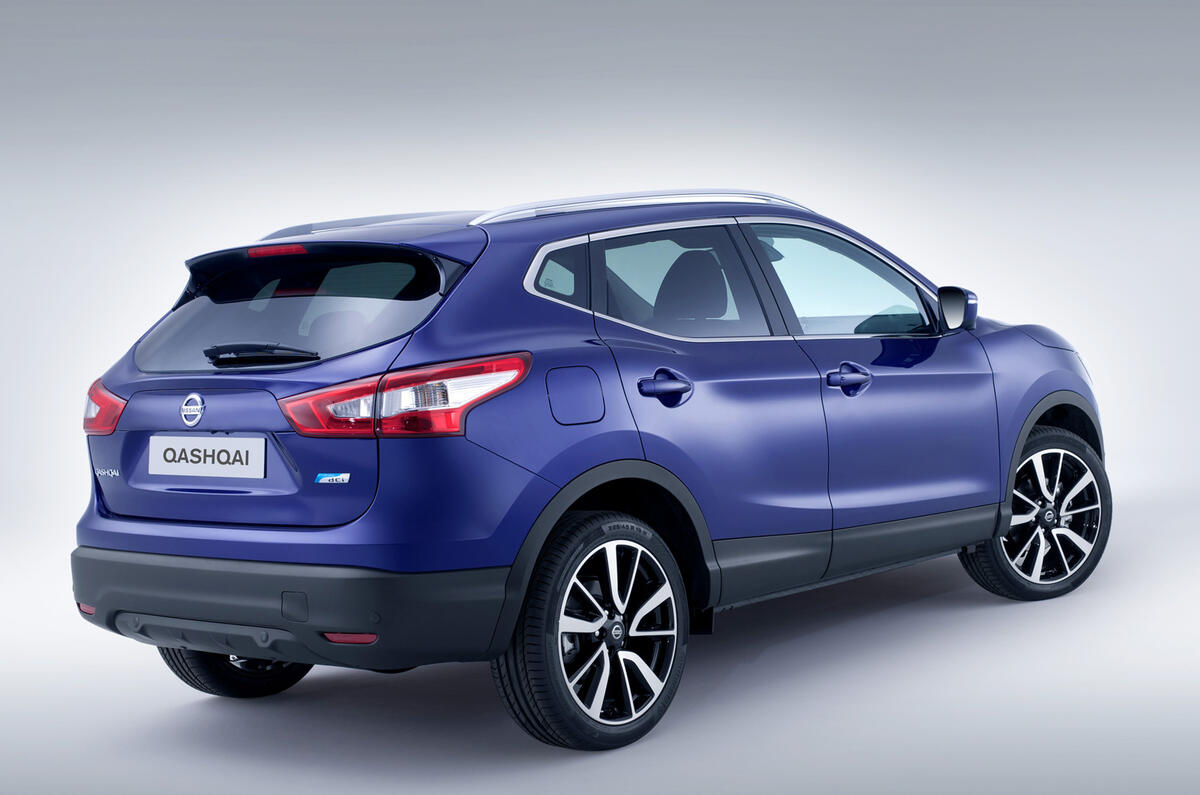
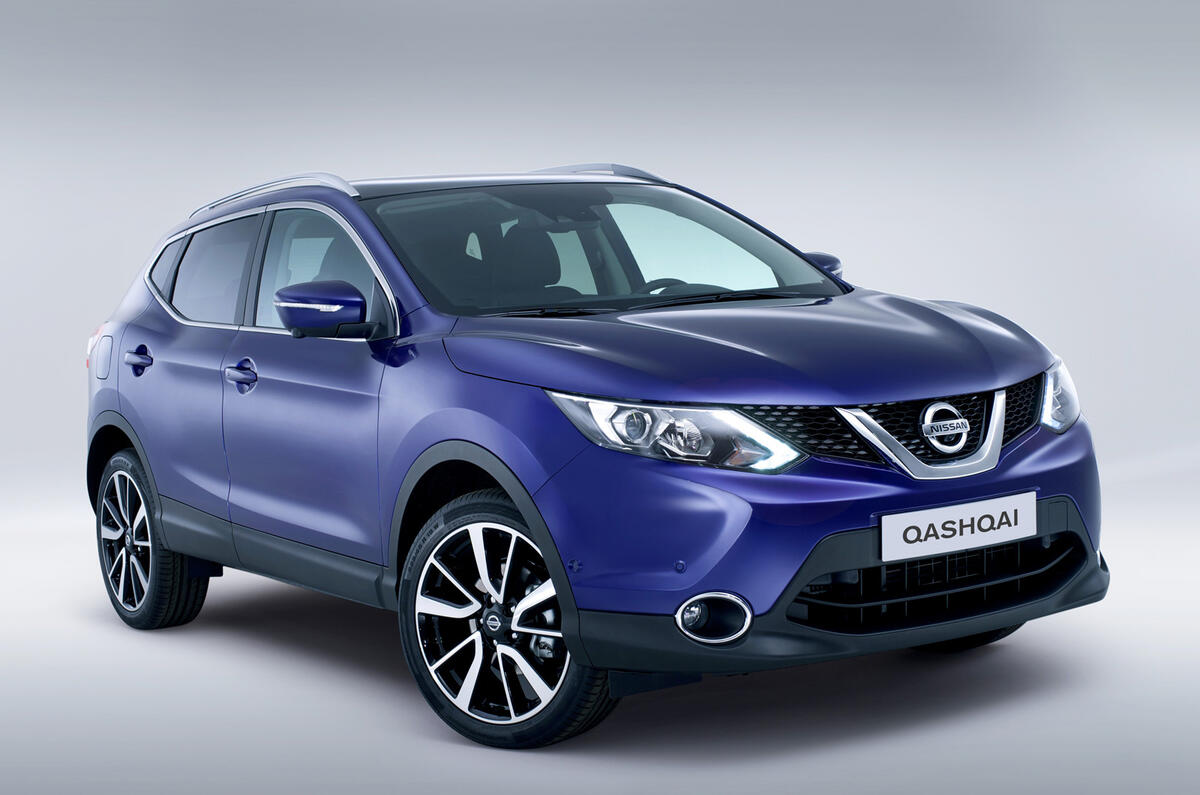
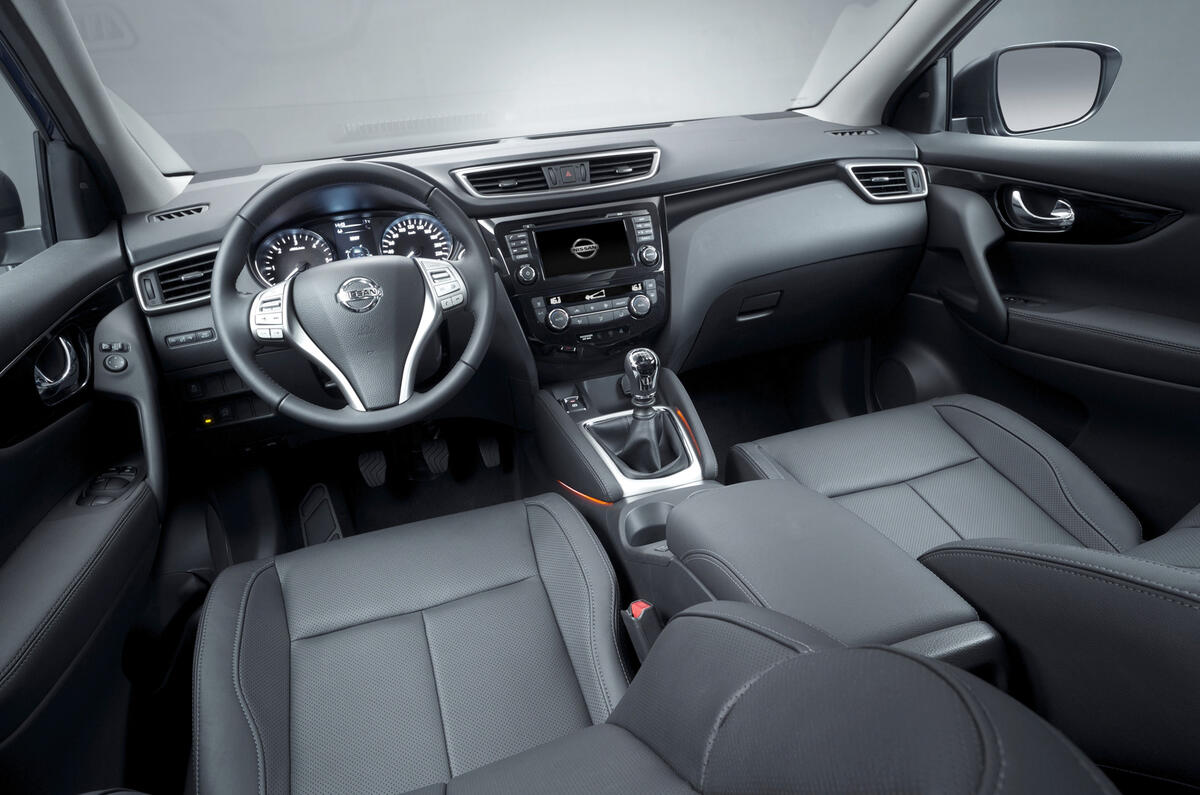
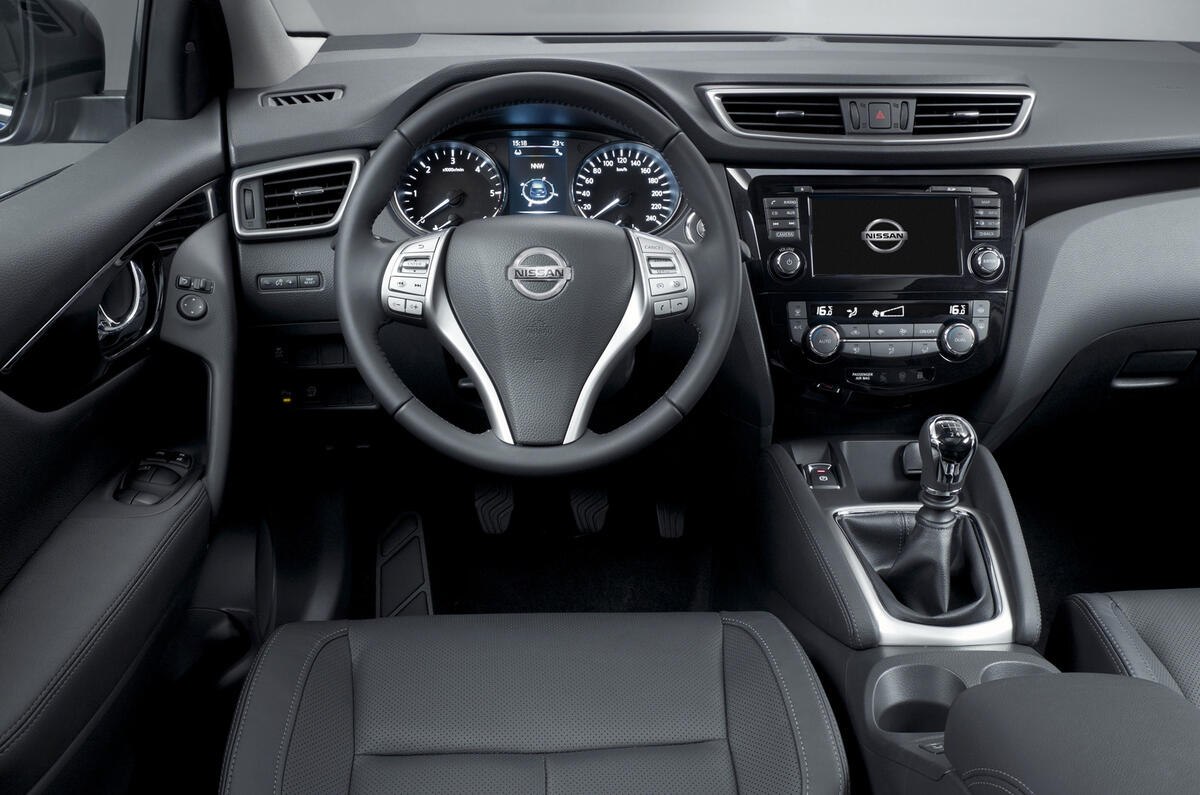

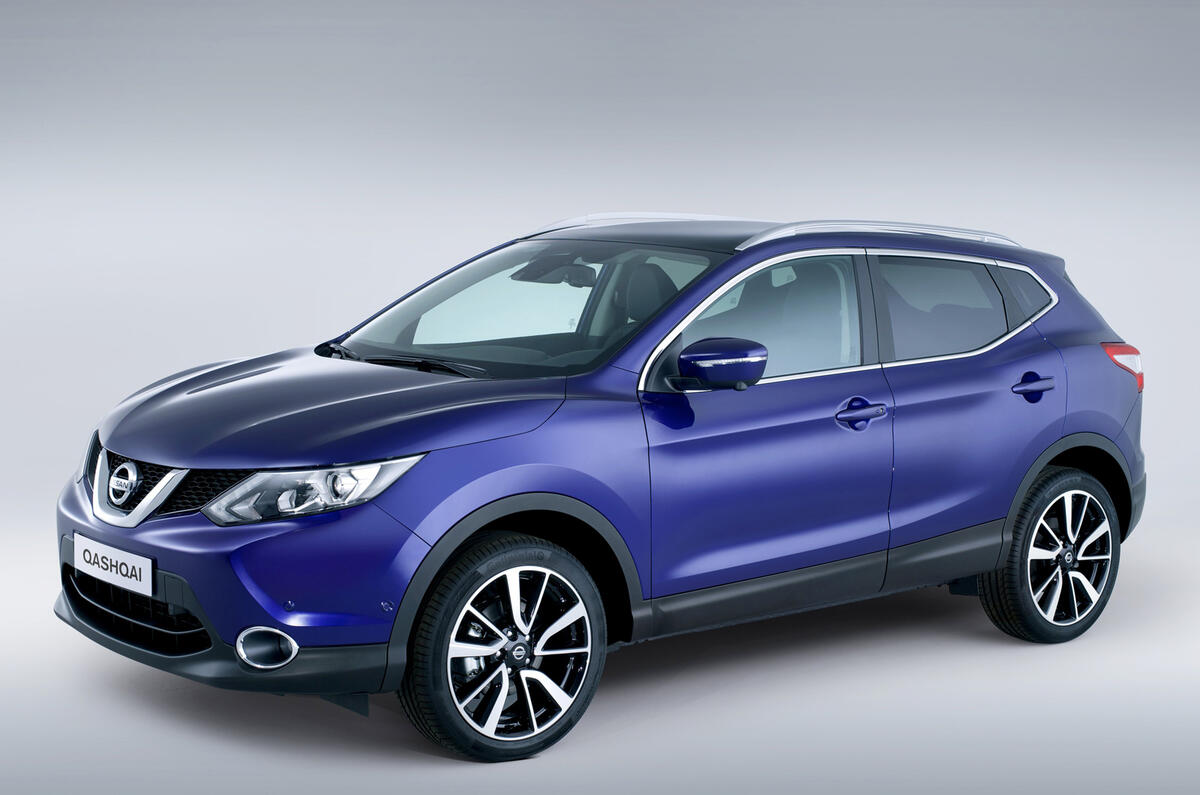
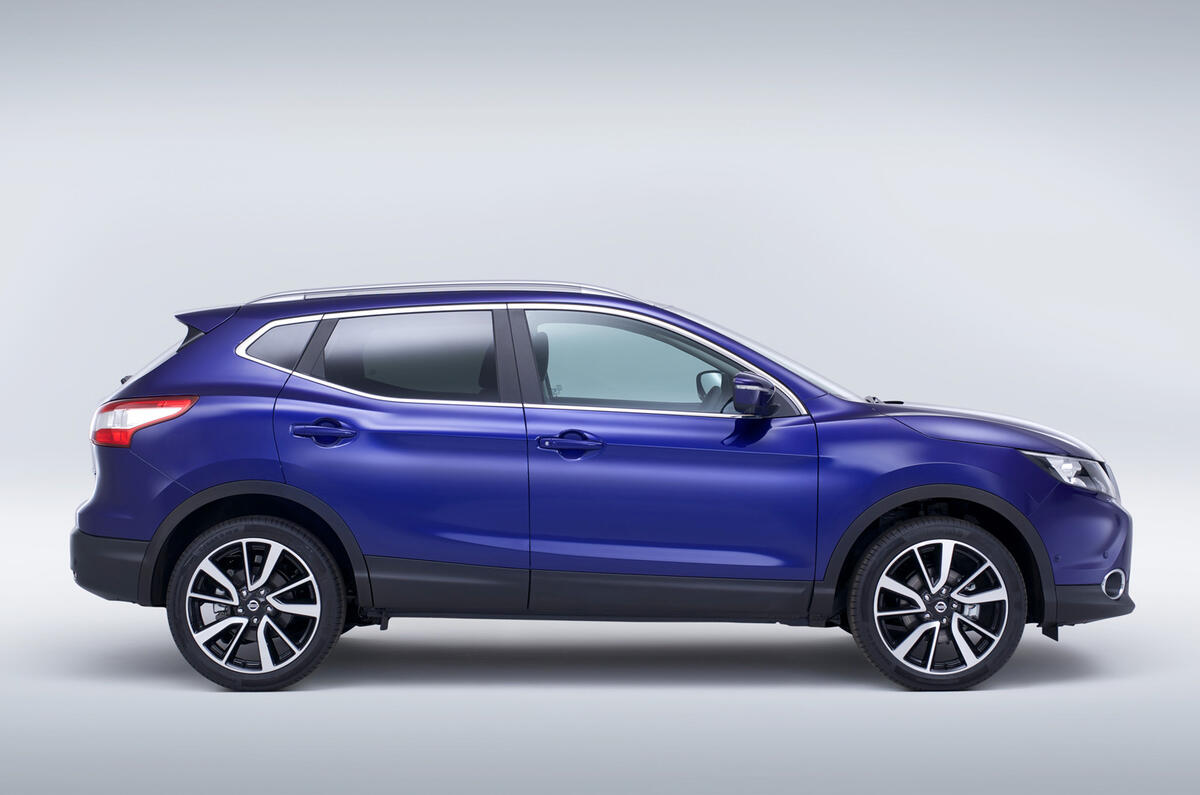

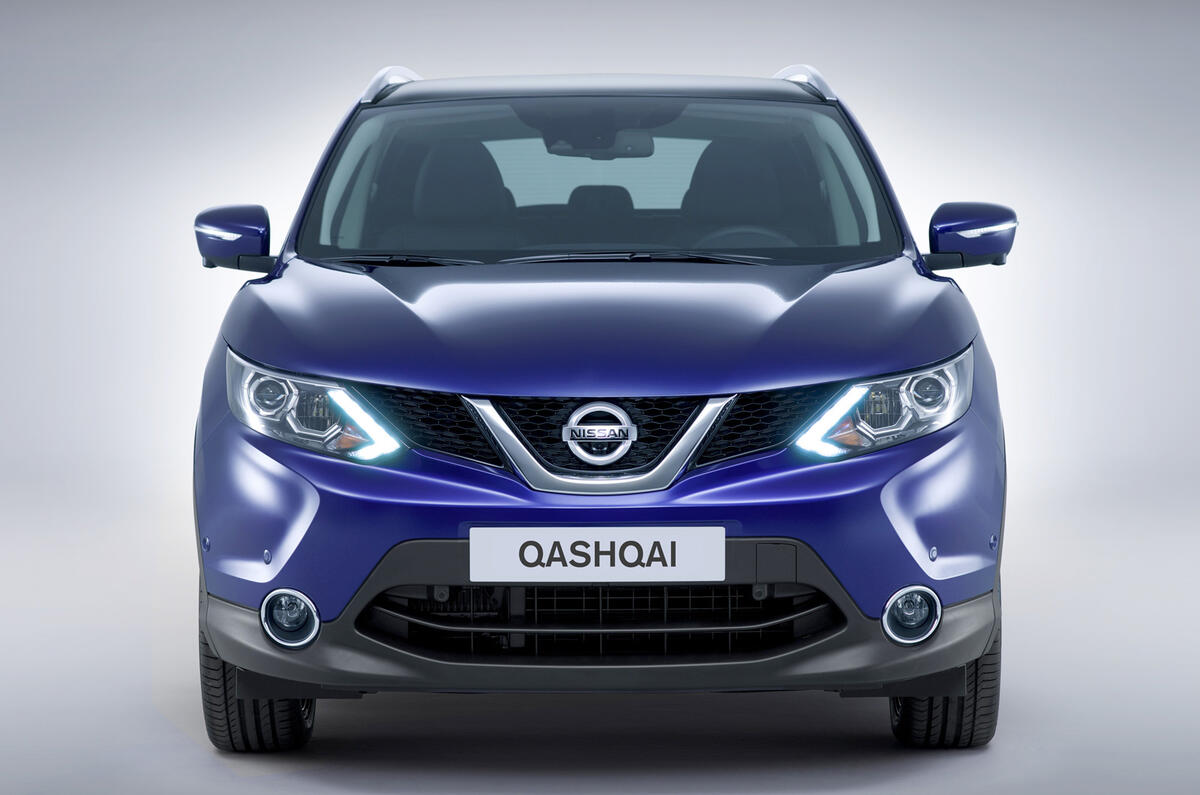
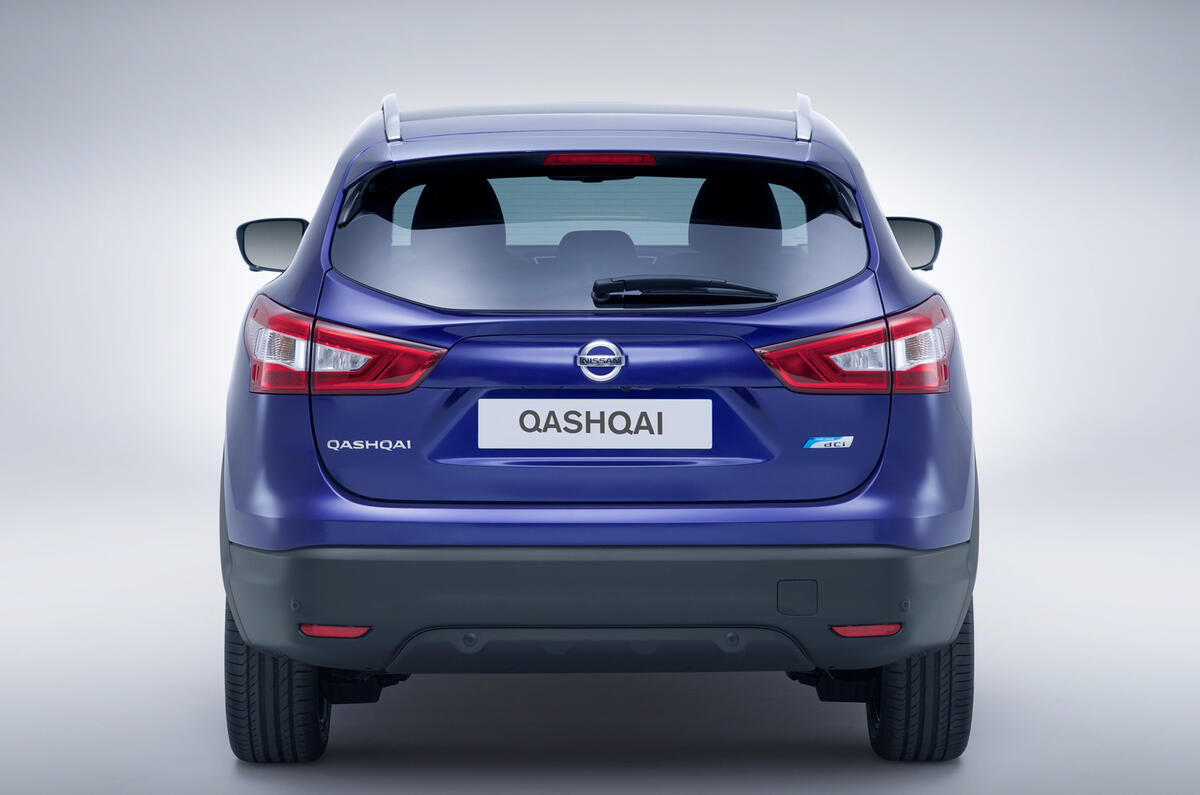

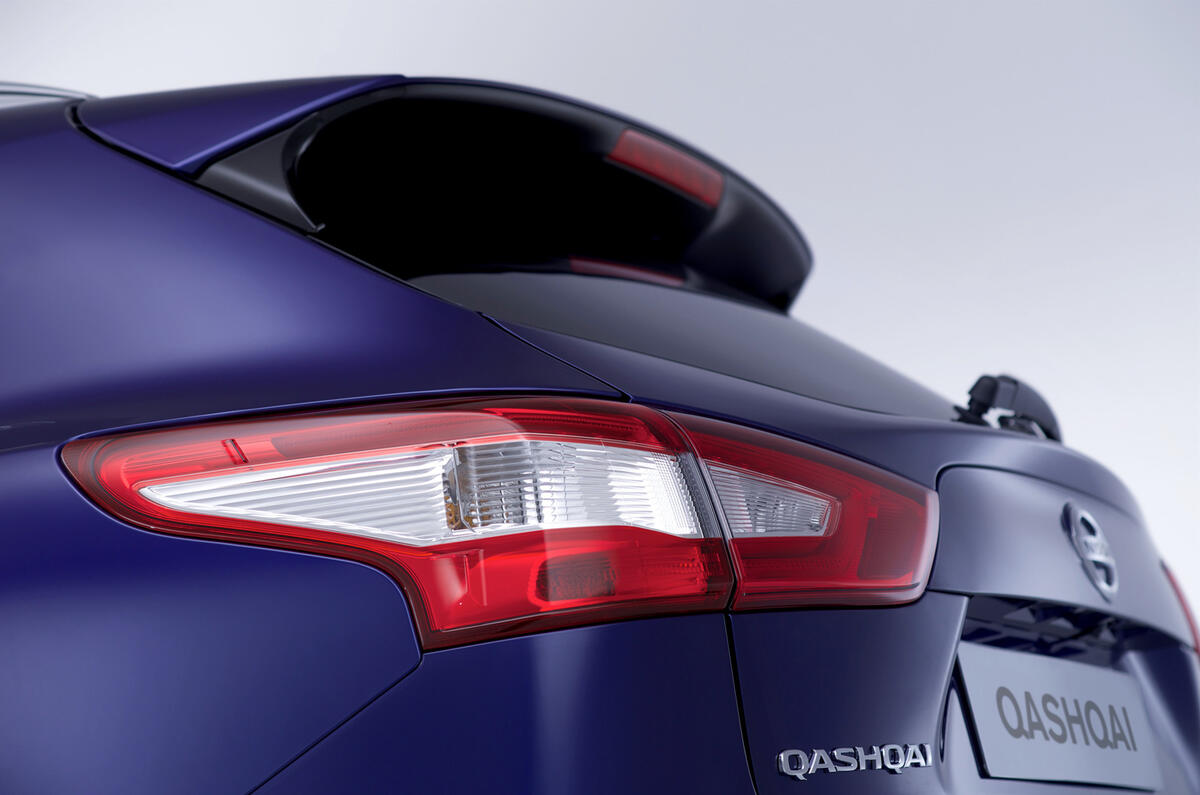
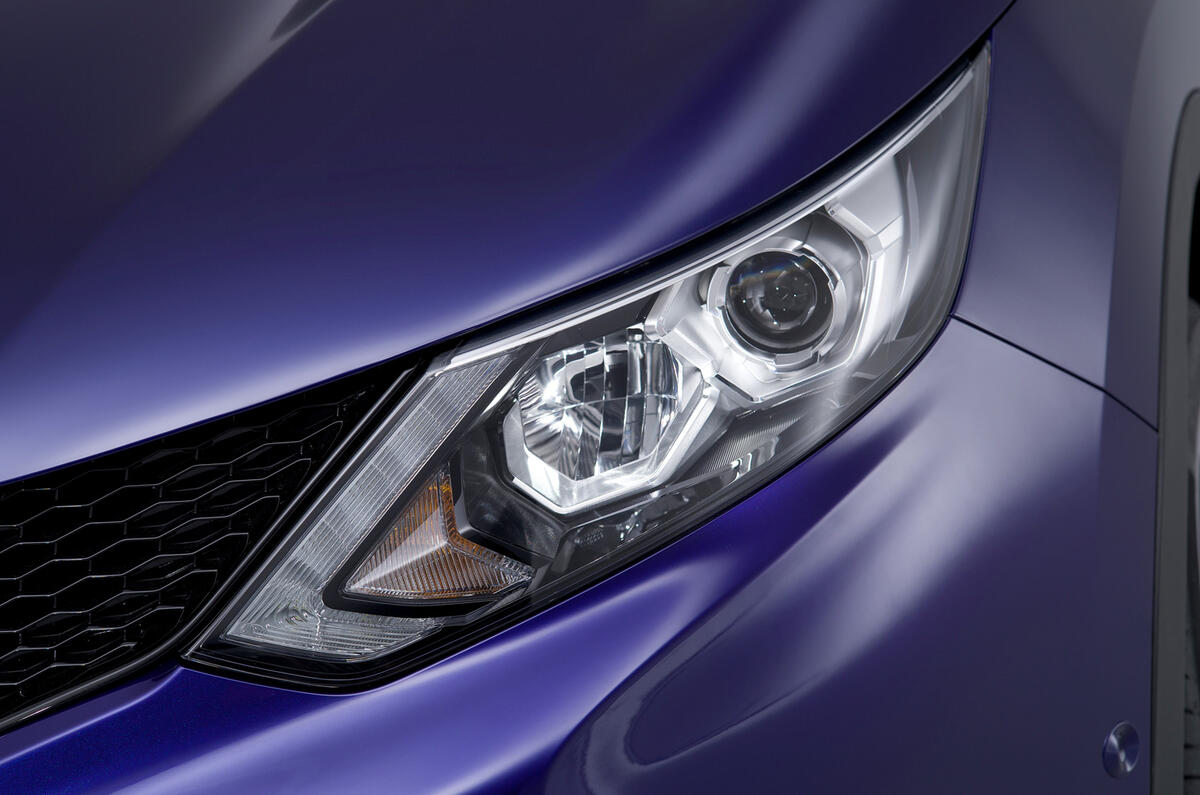

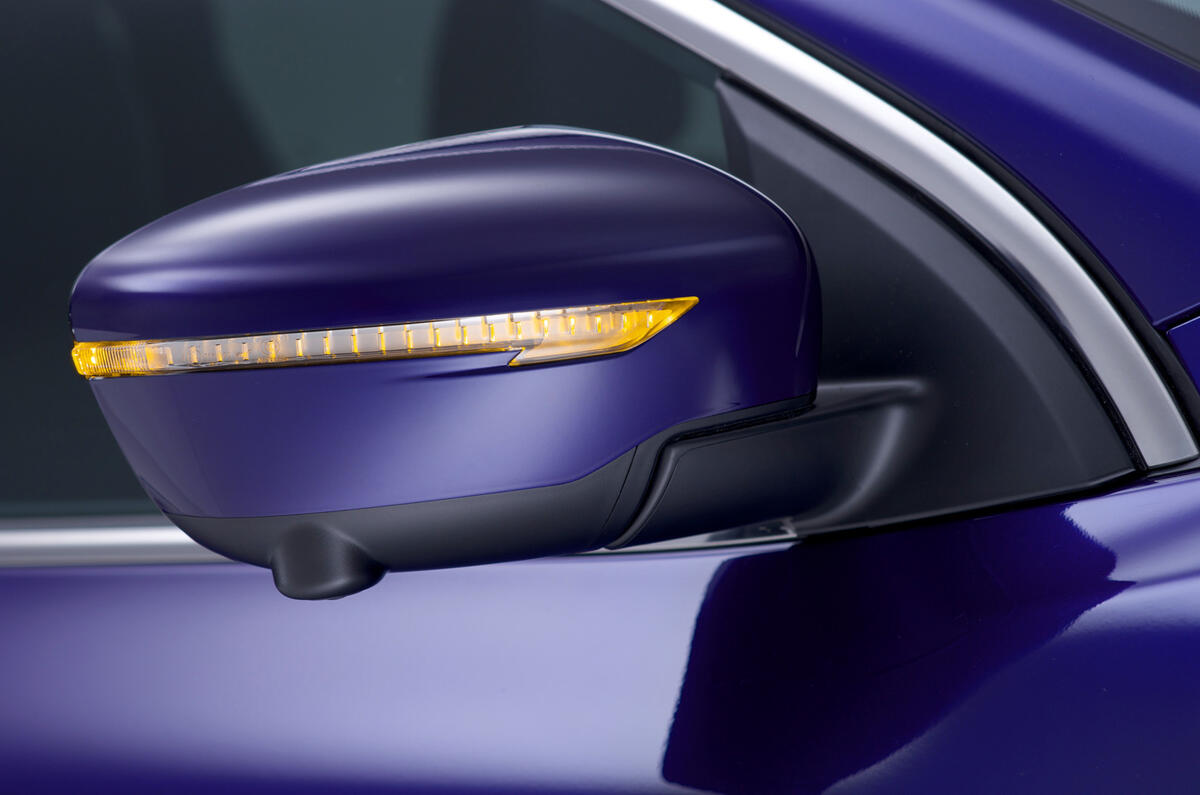
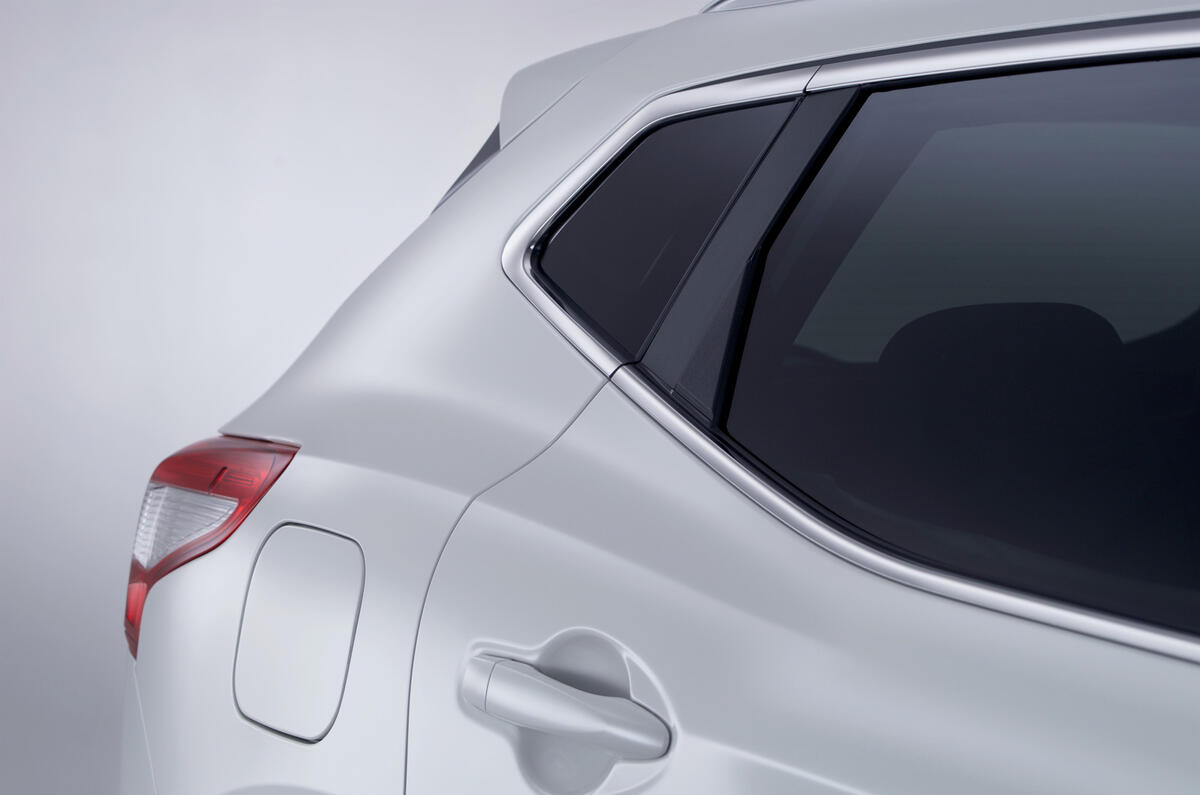
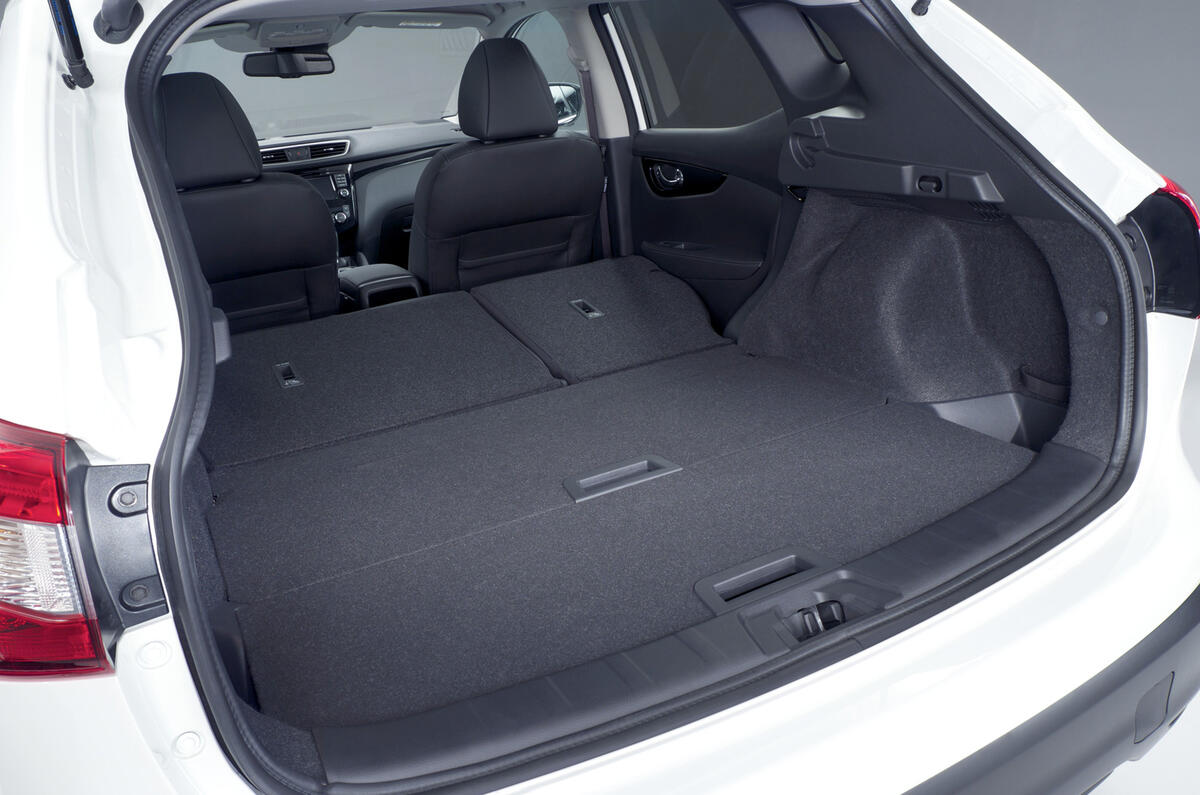
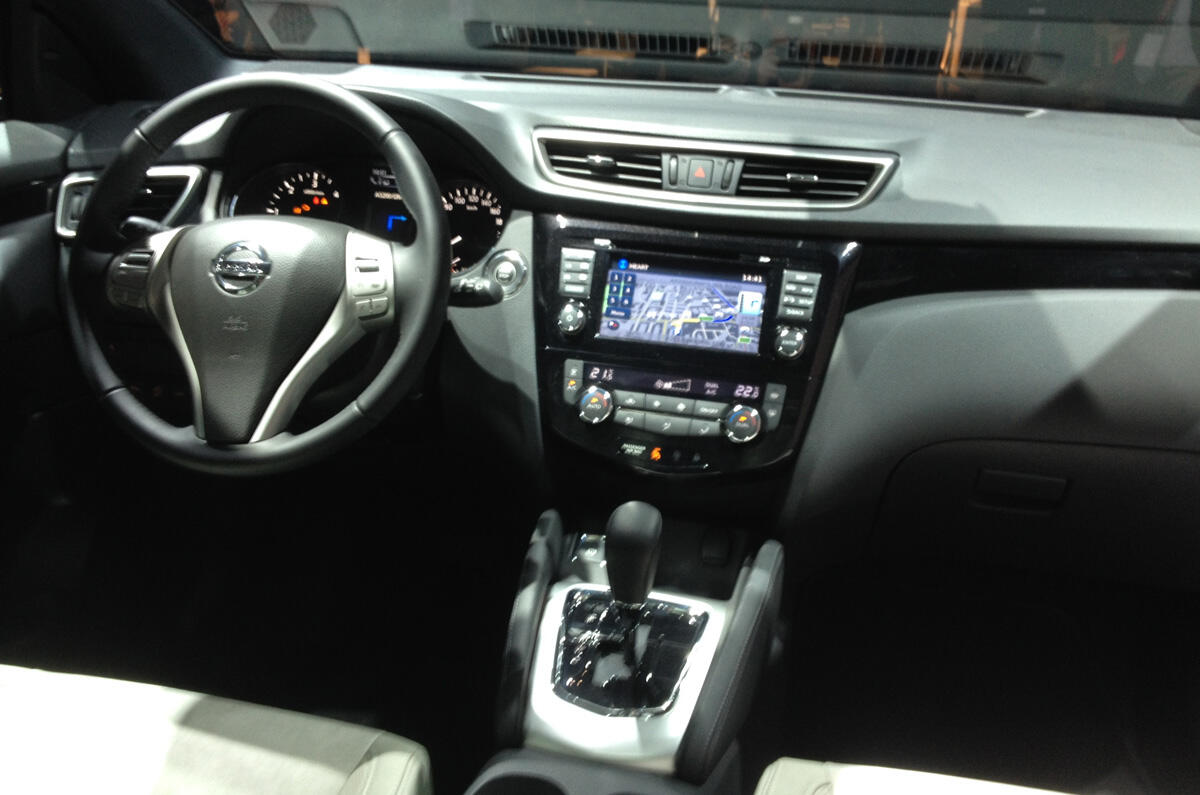

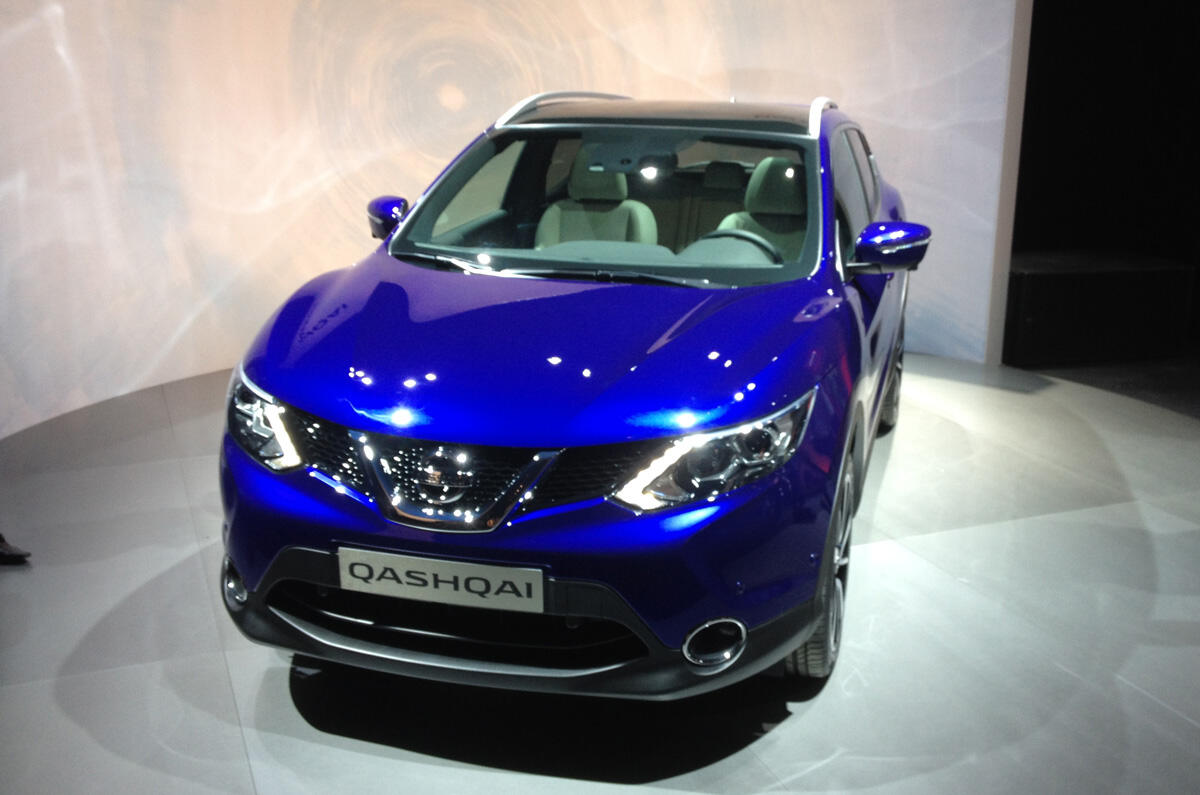
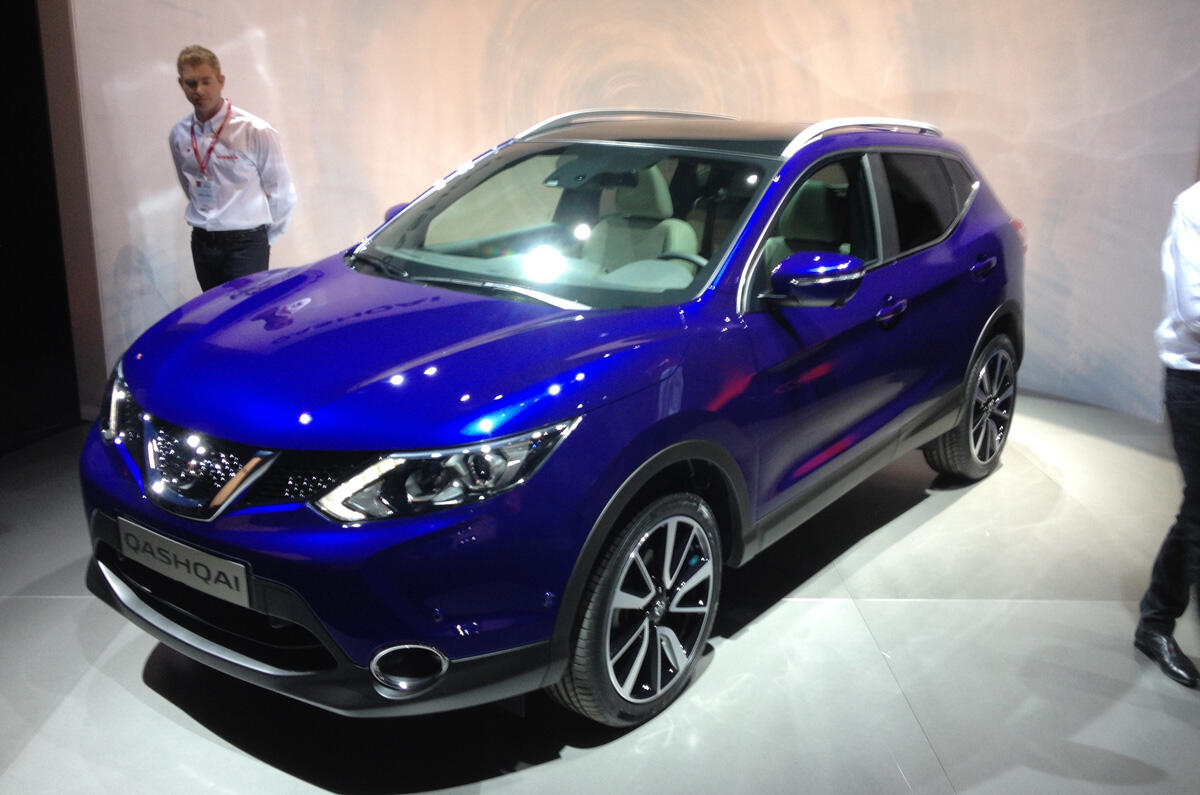
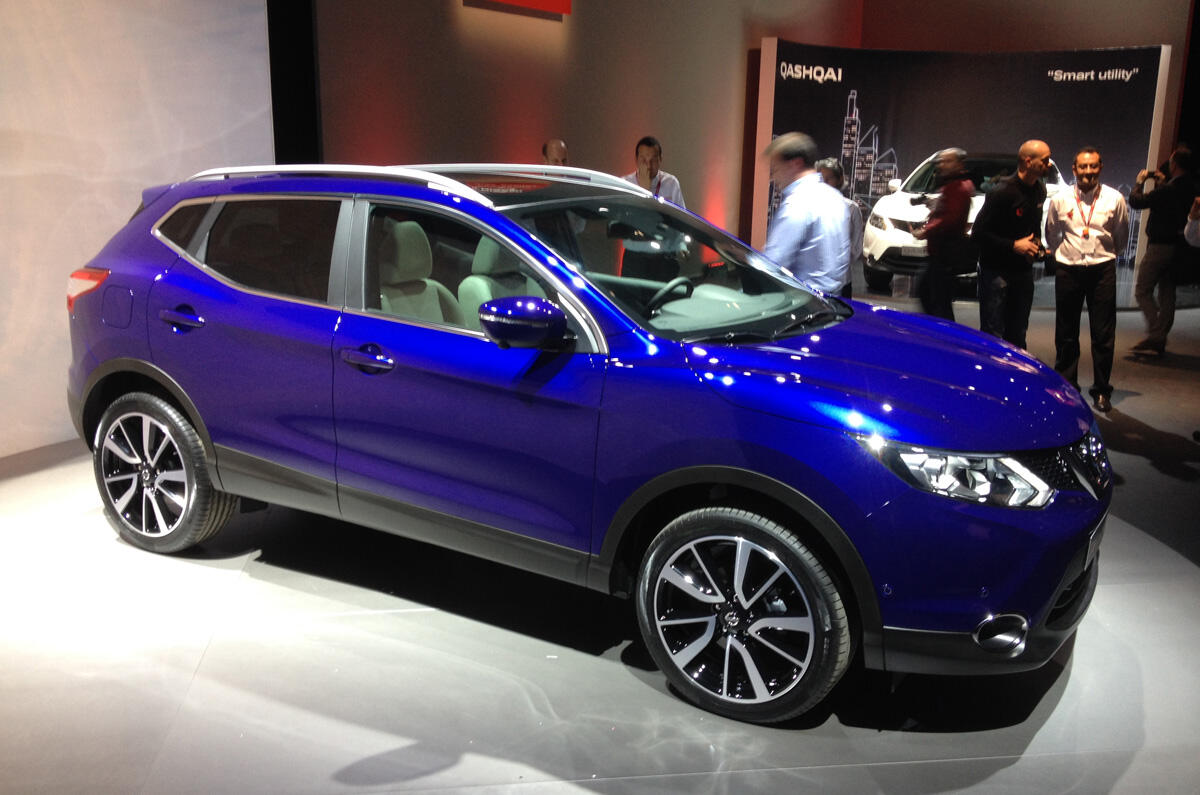
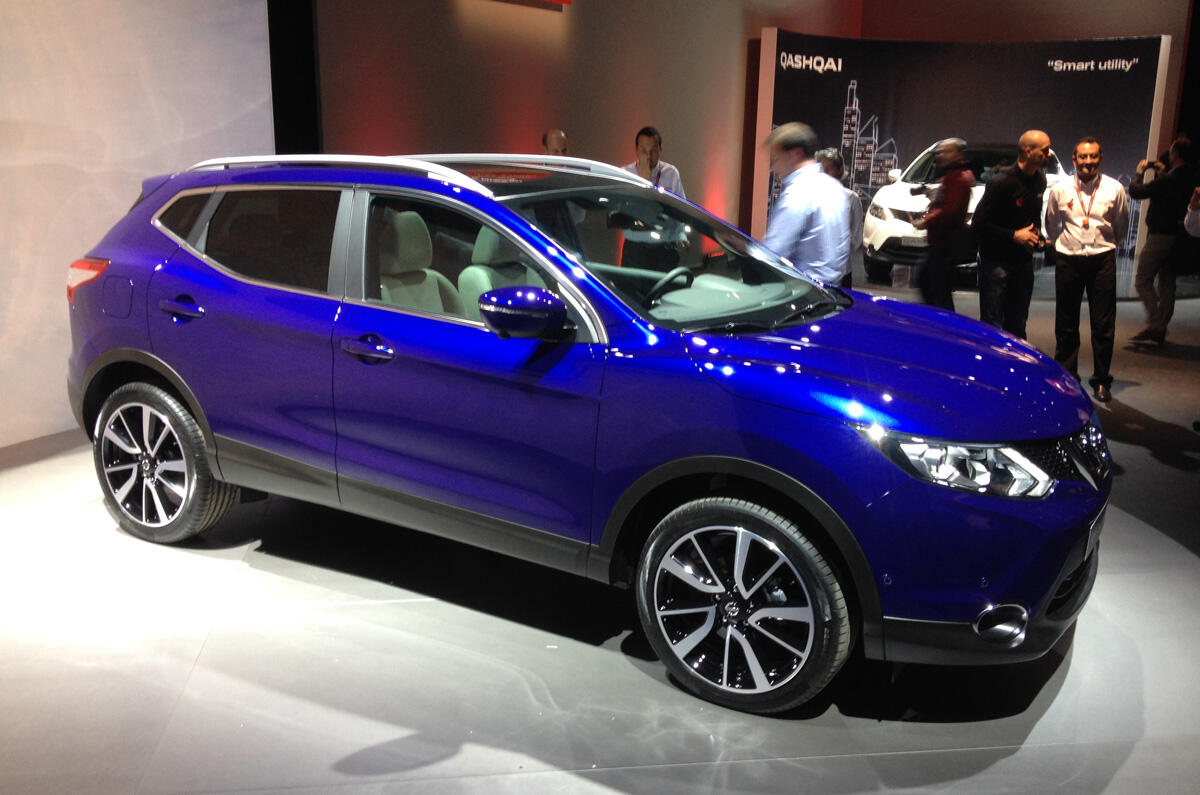
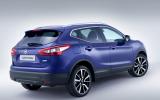
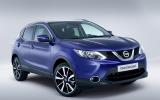
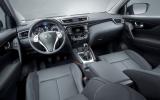
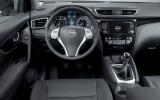
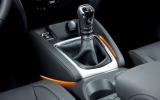
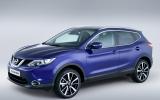
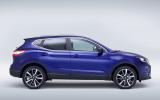
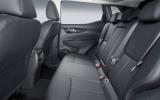
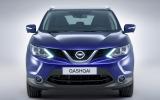
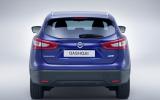

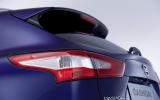
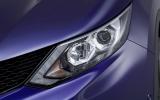

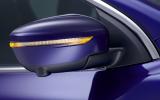
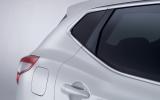
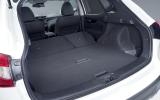

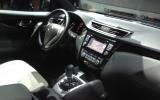
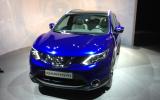
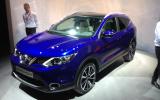
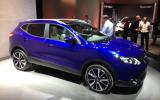
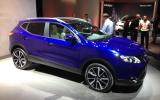







Join the debate
Add your comment
Hyundai just called- they want their ix35 back.
Yawn
Erm, wow?